With the recent passing of Kevin Conroy, the voice of the caped crusader in Batman: The Animated Series and gay icon, it felt like a good time to discuss LGBTQIA+ representation in comic books, specifically in Superhero comics.
There are more queer heroes today than ever, overcoming decades of stigma and censorship. As Batman has been a central figure in the “flights & tights” genre, the franchise can be used as a window into the history of queer characters in popular comic books.
Sending Out Bat-Signals
Created in 1939 by Bill Finger and Bob Kane, Batman has been one of the most enduring characters in pop culture. Even back then, Bruce Wayne and his Bat-family were multi-media giants as they starred in comics, radio shows, and film serials.
Serials were like TV shows before television, if you didn’t know.
Less than a year after Batman’s first appearance, teen sidekick Dick Grayson/Robin was created to give young readers someone to relate to.
Even in the 1940s, creators understood the importance of representation.
Looking past the tasteless jokes about Bruce spending all of his time with an old British man and a speedo-clad boy he kept in a cave, there has always been a homoerotic subtext to Batman.
Grant Morrison, arguably one of the greatest comic writers, acknowledges this.
In a 2012 Playboy interview, Morrison said “Gayness is built into Batman. I’m not using gay in the pejorative sense, but Batman is very, very gay. There’s just no denying it. Obviously, as a fictional character, he’s intended to be heterosexual, but the basis of the whole concept is utterly gay.”
He continued “I think that’s why people like it. All these women fancy him, and they all wear fetish clothes and jump around rooftops to get to him. He doesn’t care — he’s more interested in hanging out with the old guy and the kid.”
In addition to Bruce and Dick’s partnership, the original Batman flexed his fabulousness with rainbow costumes and over-the-top interior decoration. The series was bright, silly, and fun. Despite what the neckbearded citizens of the internet say, Batman was always intended to be children’s entertainment.
However, whenever something aimed at kids gets a little too glam, the villains come out of the woodwork.
Holy Moral Panic, Batman!
As with the Hays Code in Hollywood, there was an attempt to censor comic books with a similar outcry of “won’t someone please think of the children!”
The Comics Code Authority was created in 1954 as an alternative to government censorship to ensure no little minds were corrupted. By corruption, the CCA meant portraying anything that did not gel with Christian morality, especially “sex perversion.”
While the movement was kicked off by a panic over horror and crime comics, thanks to Dr. Wertham’s book Seduction of the Innocent, superheroes were also in the crosshairs.
Publishers were not legally bound to follow the code, but like the Hays code for movies, they knew there would be a drop in sales without a stamp of approval from the CCA.
No need to worry, concerned parents! Your children will learn to see criminals as unempathetic monsters while cheering a psychotic leather daddy bringing state-sponsored violence upon them and keeping them safe from sex!
Yeah, all moral panics are patently absurd when thought about for more than a few seconds.
This new wave of coercive censorship forced the hands of creators to keep things subtextual and give their heroes a stone-cold case of the “not gays.”
Batman was not immune to these trends. The first major attempt to assuage the straights was creating Kathy Kane’s Batwoman in 1956. She served as Batman’s love interest for a few years, specifically in order to fend off rumors that Bruce was gay.
This creation would pay off in some delicious irony a few decades later, but for the time being, queer romance needed to stay between the panels for now.
The Shipping Joke
“Shipping” is a concept created by fans who sense an unspoken attraction between two characters.
There have been numerous fan theories that Batman never committed to Selina Kyle’s Catwoman because his one true love was actually the Joker. Writers from Alan Moore to Frank Miller to the creative minds behind Lego Batman have hinted that there is something there.
Even if only Joker is aware of the romantic spark.
One writer who was instrumental in our modern view of Batman and Joker, Frank Miller, saw the lover’s/adversaries’ relationship as part of the twisted way they both view the world. Both hero and villain take their feelings and desires out on the world through violence.
“He’d be much healthier if he were gay,” Miller said.
While the coding of a psychotic murderer as queer isn’t a great look, shipping is an integral part of fandom. Part of the reason Star Trek survived cancellation to become the mega-franchise it is was a common head-cannon among fans where Kirk and Spock finally got to express their love for each other.
Another case of shipping leading to reality is the power couple Harley Quinn and Poison Ivy.
Quinn began life not in the pages of Detective Comics but in the animated series as Joker’s girlfriend. Quinn became an overnight sensation with fans. Quinn and Ivy first teamed up in the animated series’ first season, and the sparks between the two were obvious.
Bat-fans shipped the pair almost instantly. As Harley moved more into the comics, she was teamed up with Ivy more and more often. Eventually, their relationship became canon and became the central focus of the HBOMax cartoon series.
This example is especially powerful in contrast to the Batman/Joker ship.
Making the Ivy and Harley relationship a healthy, supportive, and loving one showed that the creators listened to fans. We all wanted Harley to be happy, and it didn’t matter if the perfect person for her was the same sex.
Frank Miller may have become a problematic figure in recent years, but he was right about allowing characters to be open with their sexuality.
It may have taken almost two decades from their first date, but the fan outcry for more characters like this paved the way for a more inclusive Gotham.
All in the Bat-Family
Progress was slow in the world of popular comics. While major strides were made in indie comics, major publishers were hesitant to have openly queer characters front and center in their stories.
Even Marvel’s fan-favorite Northstar was not able to come out until over 20 years after his debut. The few attempts at creating a gay character were more often than not handled poorly.
DC Comics debuted Extraño, a gay magician hero, in 1988. He embodied typical stereotypes of a homosexual man and was eventually killed by way of an HIV infection while battling Hemo-Goblin the AIDS vampire.
That is just… wow.
With the backlash to Joel Schumacher’s 1997 Batman & Robin for “being too gay” and daring to put nipples in the Bat-suit, DC kept non-hetero romance far away from the comics. The best we got during this period was Warren Ellis’s Midnighter, a Batman-inspired hero from an alternate universe.
It wouldn’t be until the early 2000s that we started seeing some forward momentum. Remember how Batwoman was created to make Bruce Wayne seem straight? Well, in 2006 she returned in spectacular fashion.
The revamped character, now Kate Kane instead of Kathy, was Bruce’s cousin and a lesbian. She would be joined by GCPD detective Rene Montoya, another character created for the animated series that would be brought into the comics.
Although Montoya was originally written as a heterosexual, she became the primary love interest for Batwoman as an out-and-proud lesbian.
Kate Kane would later begin a relationship with Maggie Sawyer, a police captain, because I guess Batwoman has a thing for cops. The couple made headlines as they got engaged and even more when DC canceled their wedding plans.
The controversy over Batwoman being a lesbian “nullified any positive effect Batwoman might have had on the industry,” said writer Greg Rucka. She was pushed aside for years until getting her own series in 2011.
Within the next few years, more queer women would join the Bat-family. In 2011, DC comics was undergoing a relaunch of their major titles with an event called The New 52. This would clean up the continuity and open the doors for new faces and more diverse stories.
During this time, Batgirl Barbra Gordon got a glow-up that found her back in college. Barbra’s new roommate was a bisexual trans woman named Alysia Yeoh along with a bi female sidekick codenamed Bluebird.
Along with Harley, Ivy, Catwoman, and a few other women, DC seemed content to keep the ladies fluid and the men straight as an arrow.
Much of this can be explained by the vocal fanbase of straight, white men who were titillated by queer women and repulsed by queer men.
It wouldn’t be until 2021 that a high-profile male Bat-sibling came out of the closet. Tim Drake, the third Robin, broke the internet when he came out as bisexual. Tim Drake is a fan-favorite Robin and caused a massive controversy with his announcement.
Self-identified fans kept crying “just make new characters!” or “stop forcing diversity!” but as Rucka pointed out, when they did make a new character with Kate Kane, people still clutched their pearls.
The Tim Drake reveal was interesting because it didn’t feel out of the blue. Drake’s Robin had an intense and passionate friendship with Connor Kent, aka Superboy, for years. Fans shipped them just as hard if not harder than Ivy and Harley.
There has always been an element of these heroes that spoke to the queer experience, and no one understood that more than the greatest Batman of all.
Kevin Conroy & Finding Batman
Kevin Conroy has always been, and will always be, my Batman.
Saying Conroy gave the definitive performance of the character may sound like hyperbole, but that doesn’t make it any less true. Voicing the Caped Crusader for almost 30 years in various shows, movies, and video games, Conroy embodied the best aspects of the character.
While there is some validity to the edgelord take of Batman being a sadistic embodiment of capitalism, beating up poor and mentally ill people with billions of dollars in inherited wealth, Conroy saw what makes Batman a hero.
Under all of the growling intensity and cold calculation, Bruce Wayne is a man who doesn’t want anyone else to experience what he did on that fateful night when his parents were murdered.
Growing up in the closet with an alcoholic father, Conroy eventually earned a scholarship to Julliard. As an up-and-coming actor, Conroy struggled to move from stage to screen. He would land major roles, only to have them reduced to bit parts when producers learned about his sexuality.
Conroy was also a hero in real life, joining rescue efforts at Ground Zero after the September 11th attacks. While helping prepare meals for first responders, Conroy was encouraged by one of the cooks to do his “Batman voice.” The mess tent was treated to bellowing from behind a curtain:
“I am vengeance! I am the night! I am Batman!”
It is impossible to think of those lines in that voice without a chill running up the spine and a lump in the throat.
There was no one better suited for the role, but not because he was a fan from reading comics or the Adam West series.
After coming out publicly in 2016, Conroy wrote a short story for DC’s Pride issue in 2022. His story Finding Batman is a moving autobiographical tale about how his identity helped him identify with the dual life of most superheroes.
“I often marveled at how appropriate it was that I should land this role.” Conroy wrote. “As a gay boy growing up in the 1950s and 60s in a devoutly Catholic family, I’d grown adept at concealing parts of myself. Of putting aspects of myself in a separate box and locking it away.”
Kevin Conroy passed away on November 10th, 2022 at age 66. Conroy took his pain and used it to fuel one of the most beloved performances in pop culture history.
Because he is the goddamn Batman.
Seeing the Hero in Us All
Comic books are our modern mythology, telling tales to astonish and giving us heroes to inspire us.
There has always been a dash of queerness in comics like Batman because we can all relate to having a secret identity. We ship characters and cheer them on when barriers are broken because we see the best parts of ourselves in them.
They serve as a reminder to persevere when faced with hate and to fight injustice where ever it rears its ugly head. You can be gay, bi, trans, or whatever shade of awesome you are and be a hero. There is no need for a rubber bodysuit or a pair of Bat-cuffs.
As much fun as that sounds.
Conroy’s story, Finding Batman, is free to read on DC’s website.
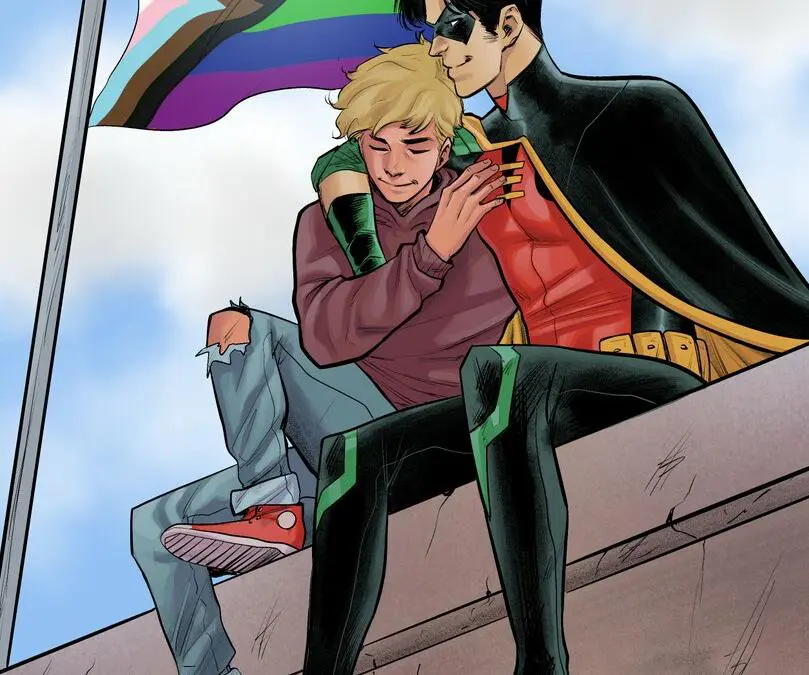

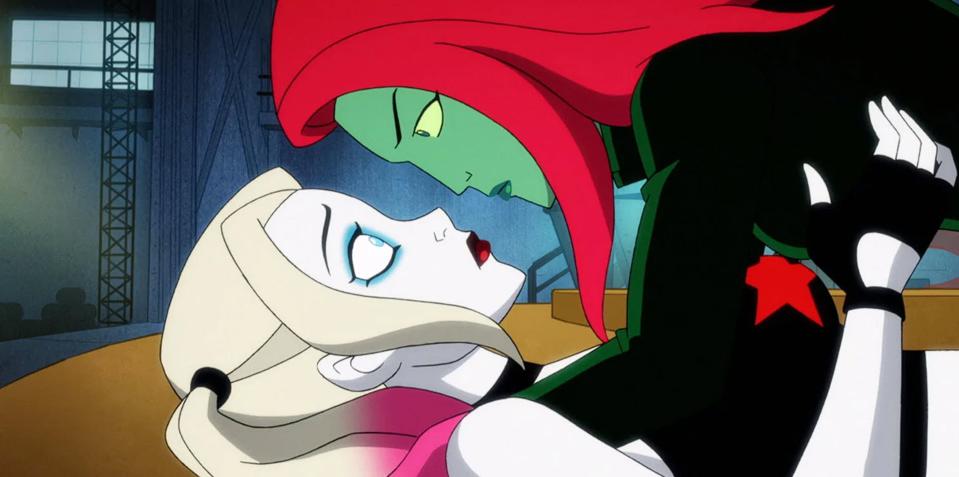
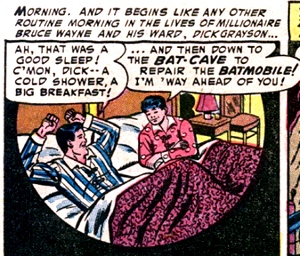
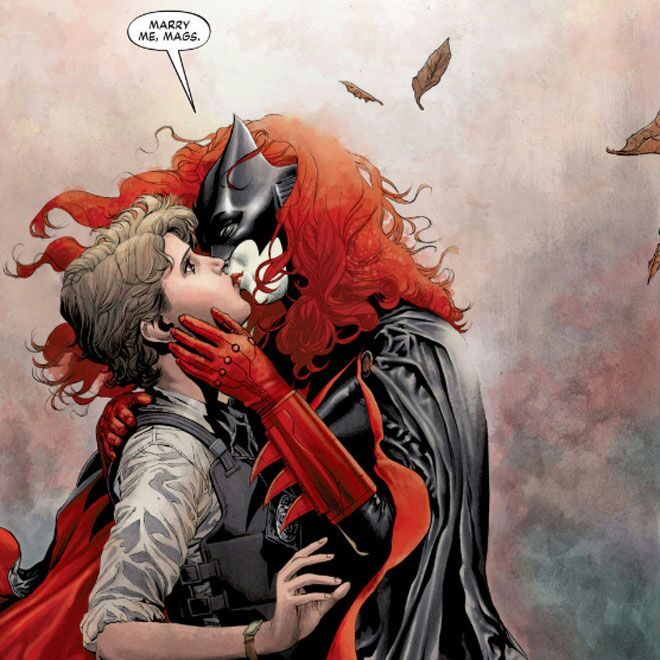

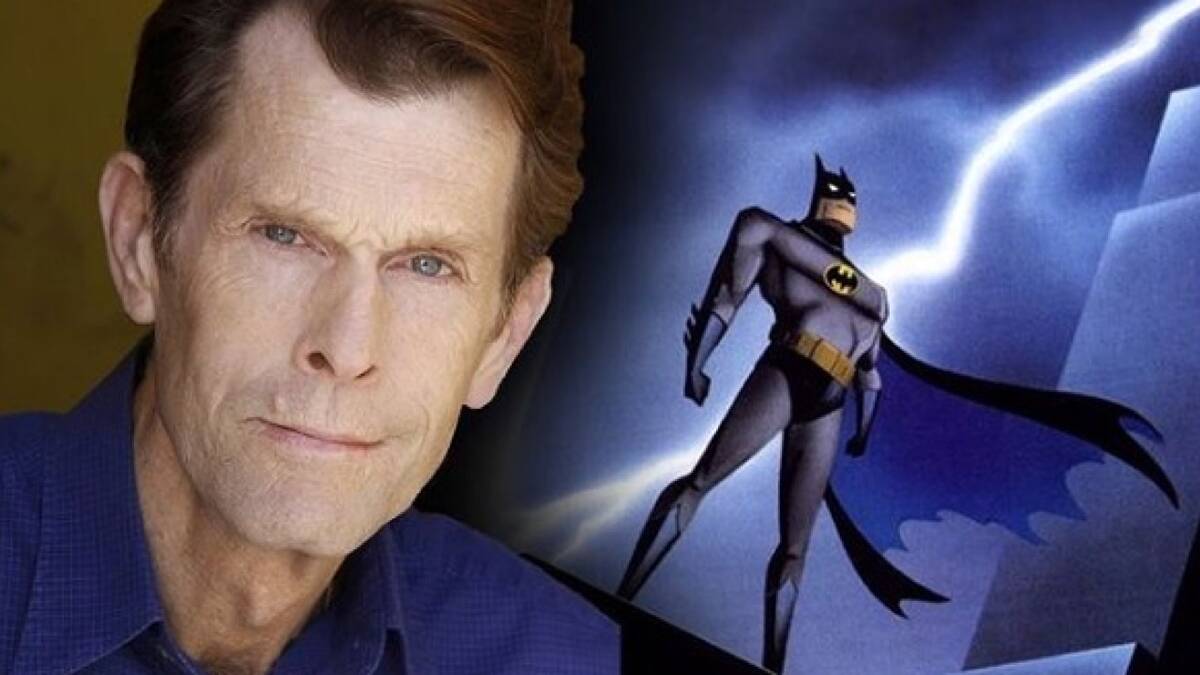
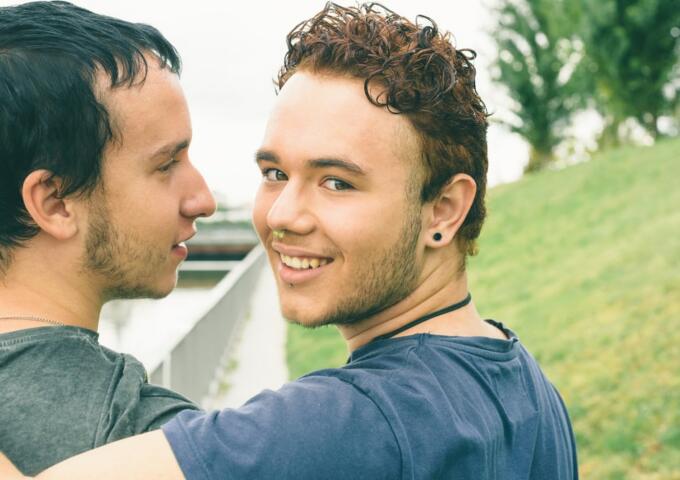
Leave a Reply